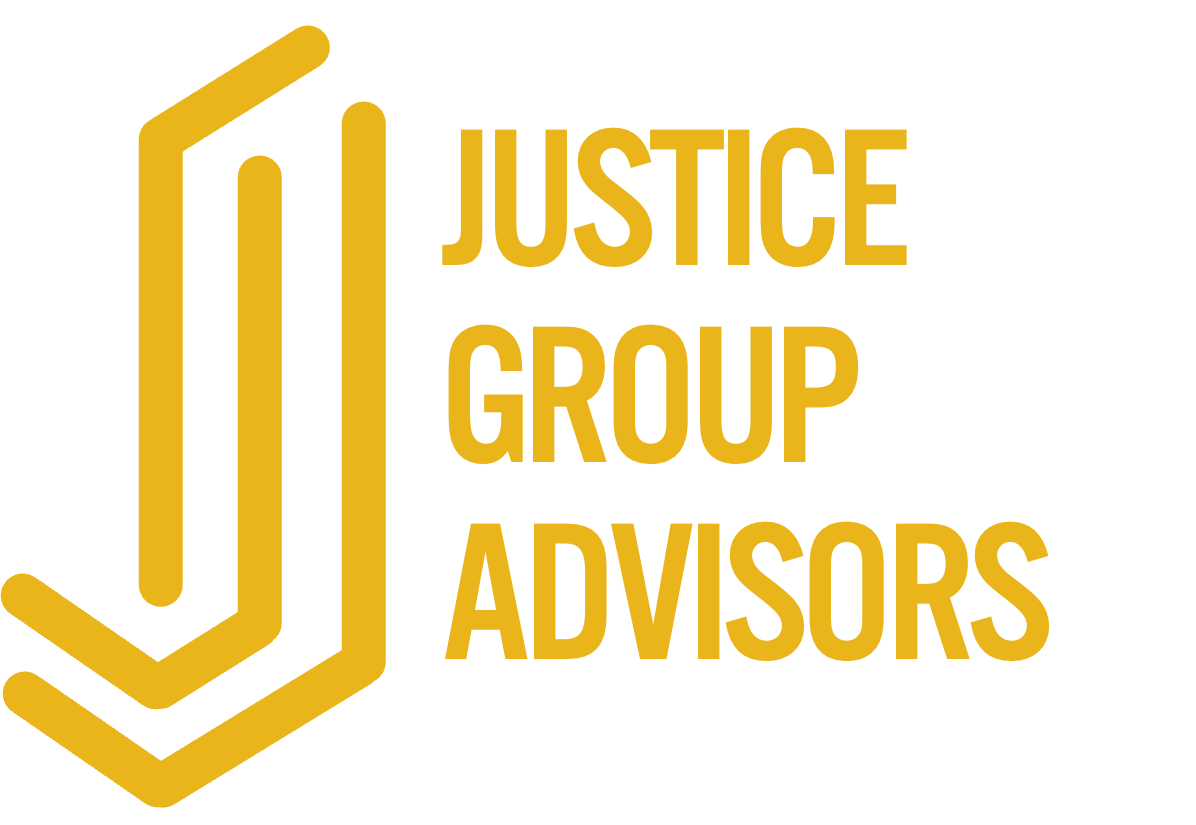Why “Who Do We Know?” Might Be the Riskiest Question You Can Ask (and How to Hire for the Future Instead)
When a high-stakes executive role opens up, even smart teams fall into the same trap:
“Who do we know who could do this job?”
It sounds strategic. Like a shortcut to trust and speed.
But more often than not, it’s a shortcut to something else:
A smaller pool. Shallower alignment. And serious risk.
Familiar Isn’t Safer. It’s Just Smaller.
Every senior hire shapes more than a function—they influence how the company operates, communicates, and scales.
So when the first filter is familiarity, you’re not hiring for the future.
You’re hiring for the past.
I’ve seen it happen in every industry:
A CEO pushes to rehire someone they “really liked working with.”
A board member anchors to a name that’s circled through three other companies.
A functional leader short-circuits the process with a familiar line: “We already know who we want.”
It feels efficient. But the costs are real:
Missed alignment on what the role actually requires
Narrow slates that overlook stretch candidates
Quiet overfitting to outdated success profiles
And sometimes, it backfires in ways that are hard to repair.
I once watched a CEO relocate a trusted executive—new city, new industry—because he believed their past working relationship would outweigh the gaps.
It was one of the most painful hiring mistakes I’ve seen.
The executive uprooted his life.
The CEO couldn’t bring himself to give direct feedback—it felt like his fault.
The new hire struggled, unaware of how far off the mark he was.
The CEO’s credibility took a hit, and the team lost months of momentum.
When those “safe” hires go sideways, they’re incredibly hard to unwind.
You’re not just correcting a decision—you’re untangling a relationship.
Let’s be clear: working with someone you know and trust can work beautifully.
Some of the best hires come from trusted networks—when there’s already proof of excellence and aligned expectations.
But even then, those decisions should start from the same place: clarity about what the business needs now, and what the role demands next.
Familiarity can be an asset. It just shouldn’t be the strategy.
A Better Starting Point
The most strategic HR leaders I’ve worked with don’t start with names.
They start here:
“What will success look like—and who can truly deliver that?”
That question changes everything.
It surfaces what’s non-negotiable.
It invites cross-functional alignment.
It opens the door to possibility—not just proximity.
And it grounds the search in outcomes, not old loyalties.
The time horizon may vary—
In biotech, that might mean the next 12–18 months.
In other industries you might be looking at 2–3 years or longer.
What matters is that you're anchoring to the future you want to build—not the past you’ve already lived.
What Strategic Hiring Really Takes
Giving up the safety of the known is uncomfortable.
But that’s what makes it strategic.
Because the real challenge isn’t defining what the role could be.
It’s sticking to it—especially when stakeholders push for what’s easy or familiar.
That’s where HR leadership matters most:
Holding the line on what success truly requires
Asking hard questions before the search begins
Normalizing rigor in a space that often defaults to gut feel
Treating recruiters like thought partners—not resume couriers
And when you do land on the right hire? You’ve earned more than a placement.
You’ve earned a leader who can carry your company into what’s next.
Bottom Line
When you default to familiarity, you don’t reduce risk.
You reduce potential.
Executive hiring is one of the most powerful levers you have.
The right hire might challenge your assumptions.
Stretch your systems.
And elevate what your company believes is possible.
So next time someone says,
“I know just the person for this role”—
Take a breath.
Then ask the better question:
“Who do we actually need to lead us forward?”

